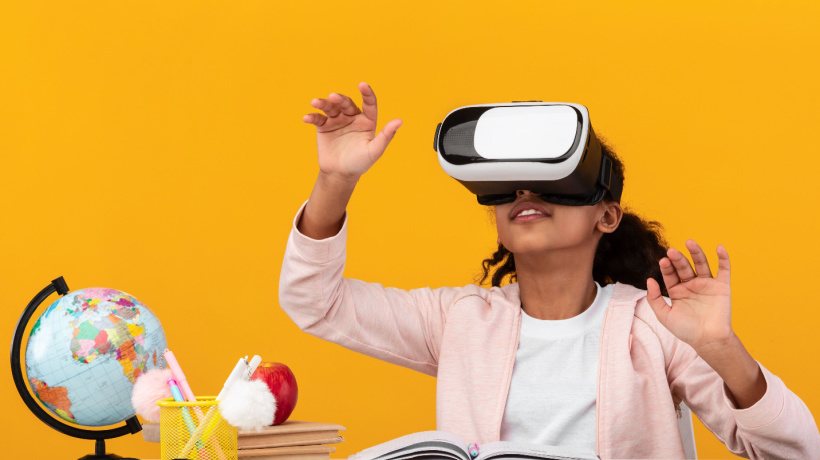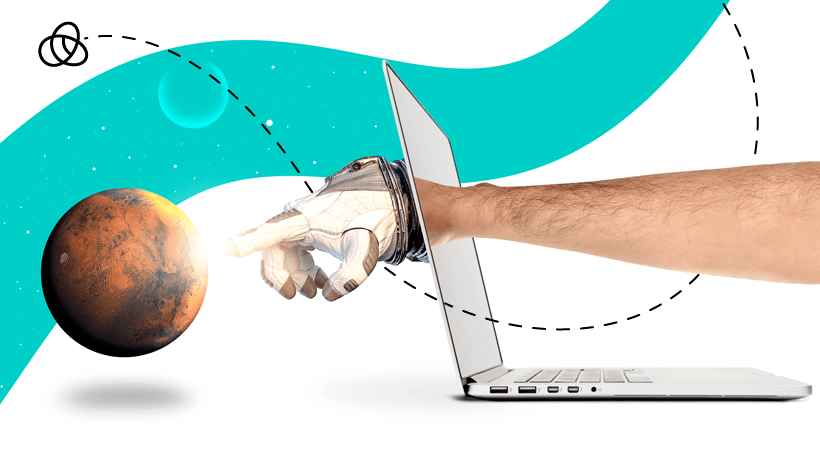How Immersive Learning And Virtual Reality Are Intertwined
Immersive technology is the technology that fades the line between the real and the simulated world by creating a virtual environment to communicate information. Immersive technology enables mixed reality.
Immersive learning is a completely new buzzword, which uses computer-based technologies to create a productively engaging simulating environment for learning. Learners learn as they 'do', tracking their progress through assessments. Learners learn by performing the task with the freedom to fail and face bad consequences. The learner has to apply logical thinking to solve problems, like a pilot learns how to fly and also deal with a mind storming decision that can be harmful if performed in the real word for the first time—but these events in mixed reality will not be as bad.
Immersive technology and simulation-based learning have been adopted by educators, mostly where the skills needed are of a challenging nature—for example, military field operations, medical surgeries or procedures, or corporate training. Immersive technology enhances learning in terms of productive engagement, learning speed, improved retention, and hands-on experience. Immersive technologies feature gesture recognition, brain-computer interaction, and speech reorganization.
Why Use Immersive Learning?
It has been observed that learners learn easily and better when 'doing'. Immersive learning gives learners a sense of reality to perform the task effectively.
Immersive learning uses technologies to optimize the learning process. It provides learners with a high-quality learning experience, 100% attention rate, better retention rate, and 360° interactivity.
What Is Virtual Reality?
Virtual Reality is computer-based technology which can be used to create simulations using sensors and AI. VR creates a 3D simulation of the real world using certain devices. Instead of merely sitting and observing things, learners get the opportunity to interact with the virtual world and get immersed in this Virtual Reality.
Why Use VR As Immersive Technology?
Here are some reasons to use Virtual Reality for immersive learning.
1. Visualization
Visuals are the best way to grasp difficult concepts and make a boring lesson interesting. It is proven that presenting something visually helps us understand and remember. For example, if a learner has to learn how to perform a surgical operation, VR can really help them understand by allowing them to view and perform the operation without putting anyone’s life in danger.
2. Productive Engagement
VR helps to create productive engagement where the user is self-motivated to take the training. VR equals exciting, innovative, and effective engagement.
3. Improve The Quality Of Training
Another advantage of VR is that the user will be gaining hands-on experience, which is only possible by actually doing and not just by observing. When there is a need to simulate a dangerous and expensive situation, VR is the ideal solution for eLearning. Learners can practice and test their knowledge with no physical barrier.
4. Create Interest
VR provides 360° interactivity, which creates strong interest. VR can help to create an enriching experience which is not possible to experience in real life. Using VR technology increases learners’ interest in taking the training.
5. Low Risk
Learners have very little room to make mistakes in a hazardous environment. By using VR, we can recreate the same environment. Learners can now master dangerous tasks in a safe and controlled environment.
6. Low Cost
VR is considered affordable since it simulates training which can be addressed to a larger audience in the workplace. Training, at all times, needs to be held in a physical environment, similar to all employees. Therefore, learners are able to complete the remote training using a VR headset.
7. Hands-On Experience
VR offers an opportunity to test new assumptions and techniques to boost productivity. Learners can gain the valuable experience they need to perform the task in the real world by performing the task rather than only observing.
8. Right To Fail Safely
VR technology allows learners to fail and make mistakes without serious consequences. In this way, the learner experiences the consequences of their wrong decision—something that is not possible in real world.
Conclusion
The possibilities of using VR as immersive learning technology in various fields are endless. VR can be a major success if used for immersive learning since, like we discussed, Virtual Reality creates immersion in learning.









